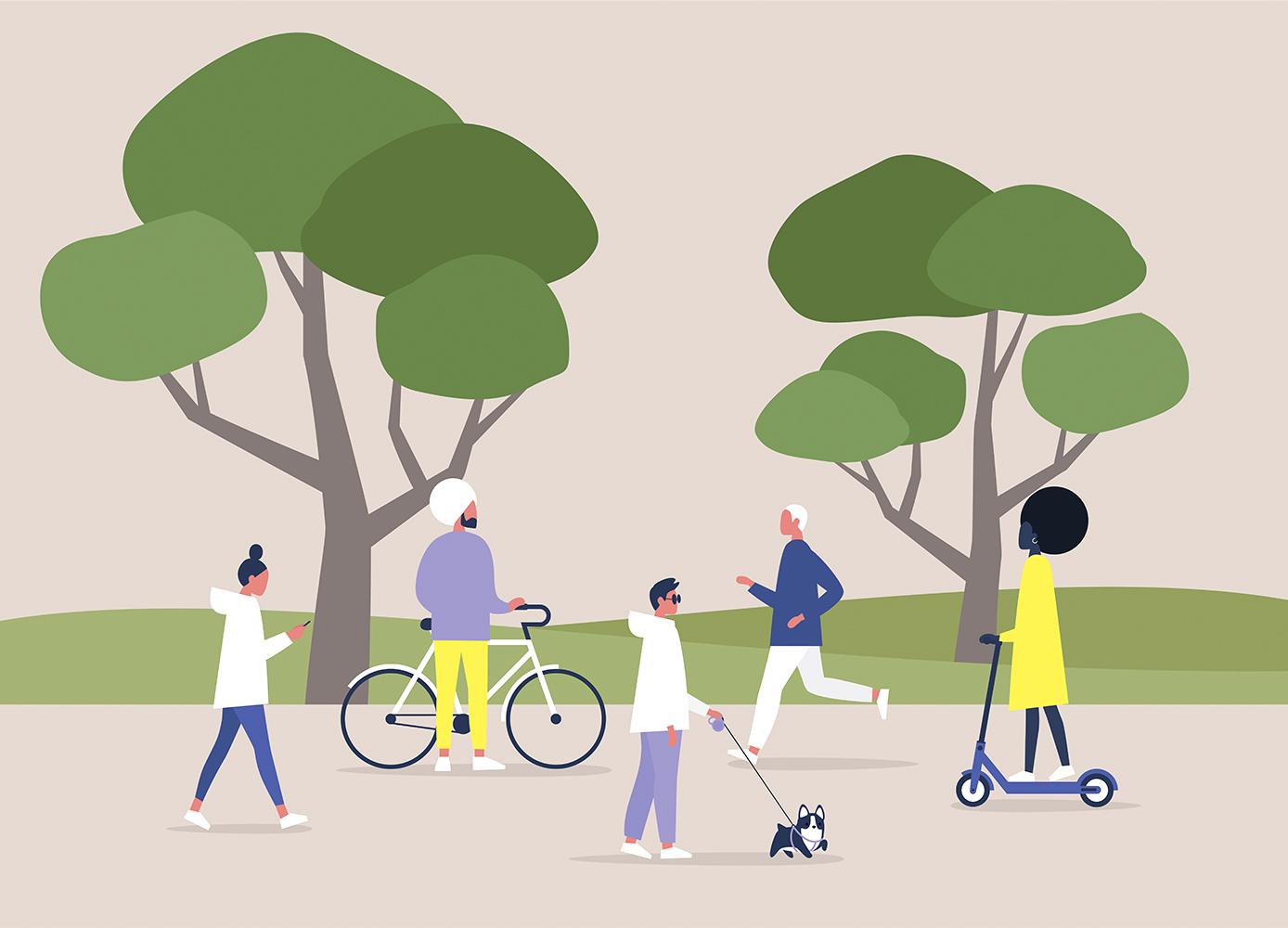The sort of community in which you live may affect your chances of living to 100
Where you live can affect the odds that you’ll reach the age of 100, a recent study suggests.
Researchers at Washington State University’s Elson S. Floyd College of Medicine analyzed the relationship between life span and environmental factors such as the walkability, age mix, and socioeconomic status of cities in Washington State. Published in the International Journal of Environmental Research and Public Health, the study involved reviewing the data relating to almost 145,000 Washingtonians who died at 75 or older between 2011 and 2015.
Those who lived in highly walkable cities—those where a large majority of activities could be done without driving or taking public transport—were found to be more likely to have reached a centenarian age. Areas with greater diversity in the ages of people living there also tended to see more residents who lived to 100.
Previous research has shown that your genes can affect your likelihood of living a long life, but genetic factors explained only “about 20 to 35 per cent” of a person’s chances of reaching centenarian age, said Rajan Bhardwaj, one of the study’s authors and a second-year medical student at the university.
“We know from previous research that you can modify, through behaviour, your susceptibility to different diseases based on your genetics,” said Ofer Amram, the senior author of the study and an assistant professor at the university. However, confusion remained over which environmental and social factors affected mortality.
“These findings indicate that mixed-age communities are very beneficial for everyone involved,” Bhardwaj said. “They also support the big push in growing urban centres toward making streets more walkable, which makes exercise more accessible to older adults and makes it easier for them to access medical care and grocery stores.”
The more walkable an area is, the less likely older adults are to experience isolation, he said.
Socioeconomic status also appeared to have an effect: urban areas and towns in Washington that had higher socioeconomic status, such as the Seattle area, had more residents who lived to 100.
Photo: iStock/nadia_bormotova.






